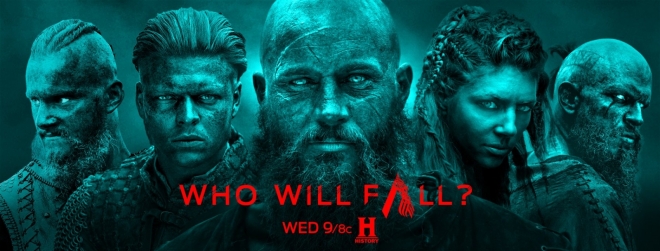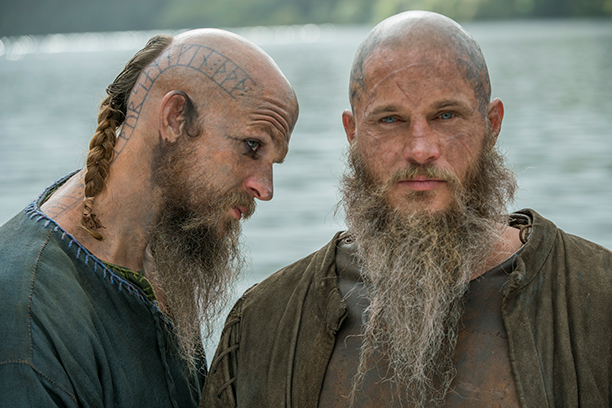As always, I am late to the party on this one, since I don’t tend to see many television shows until they reach Netflix or similar. But, hey, Wolf Hall is on Netflix, so let’s see what all the fuss was about. I haven’t read the novels, but I know this story is about the rise and fall of Thomas Cromwell, although looking at Wikipedia I see that it only goes up to 1536, so I guess it’s just rise and rise.

I’m particularly interested in this one because it’s a topic I’ve taught; the relevant GCSE paper is very concerned about the transition between the various ministers, although to be honest it’s been a while since I covered the topic. Since Thomas Cromwell is the viewpoint character here and the first episode doesn’t paint More in a very flattering light, I feel like I can see where it’s going, but let’s wait and see.
Ahhhh, no. As the series goes on, I see that this is Cromwell’s origin story as a real son of a bitch. Allison joined me watching an episode in, and I was explaining what she’d missed, and after every character’s name I would add that description: “so, the Duke of Norfolk (a real son of a bitch)…”. I’m not sure that in reality you’d have to account for Cromwell becoming a devious rat bastard; people didn’t really see a contradiction between devious rat bastardry and sincerely held principle. That’s assuming sincerely held principle in the first place, of course.
I feel like the uncertainty and personal politics of the Tudor court are well portrayed, even if some of the specifics are compressed and simplified (although they do keep a good number of characters, to the point that they’re all doing that thing where they say each other’s names a lot in conversations so you can tell who’s who). You get a sense of the ways in which this was basically living in a third-world dictatorship with a powerful autonomous religious bloc. Which, now that I think about it, is a lot of third-world dictatorships. Just because our names for things make them sound heroic and dignified, we tend to forget that, but I think this portrays it vividly, which is good.
To go off on one of my traditional tangents, people have a bad tendency to assume that there’s some kind of scumbag behaviour that’s unusual or unique to a particular culture. And while, OK, particular kinds of scumbag behaviour are specific to certain circumstances, there aren’t some people who go into those circumstances and collectively don’t act like scumbags. This manifests most obnoxiously in westerners feeling superior to people who engage in political shenanigans in other countries and modern people feeling superior to their brutish ancestors.
If I could articulate the mushy complexity of medieval politics in a blog post I would be a genius. Every time I start I wind up saying things that sound obvious. Something to work on.
And of course in purely dramatic terms it is good: good performances, lovely sets and things, and a really nice focus on keeping the lighting in night scenes realistically dark. They obviously put a lot of effort into the locations, and I liked the frequent use of boat travel scenes to emphasise what an important form of travel it was. I also liked the costumes, which seem in some cases to be directly taken from Holbein paintings of the characters. You could almost say that Damian Lewis is overdoing it with the Henry VIII poses, but I think the idea is very much that Henry VIII is doing Henry VIII poses.
So, yeah, I liked it, although I quibbled with some of the history. You basically can’t turn someone’s life and career into a structured narrative without compressing or overlooking a lot of things, but I do think it did a pretty good job with look and feel, and as a TV drama it was a lot of fun.






